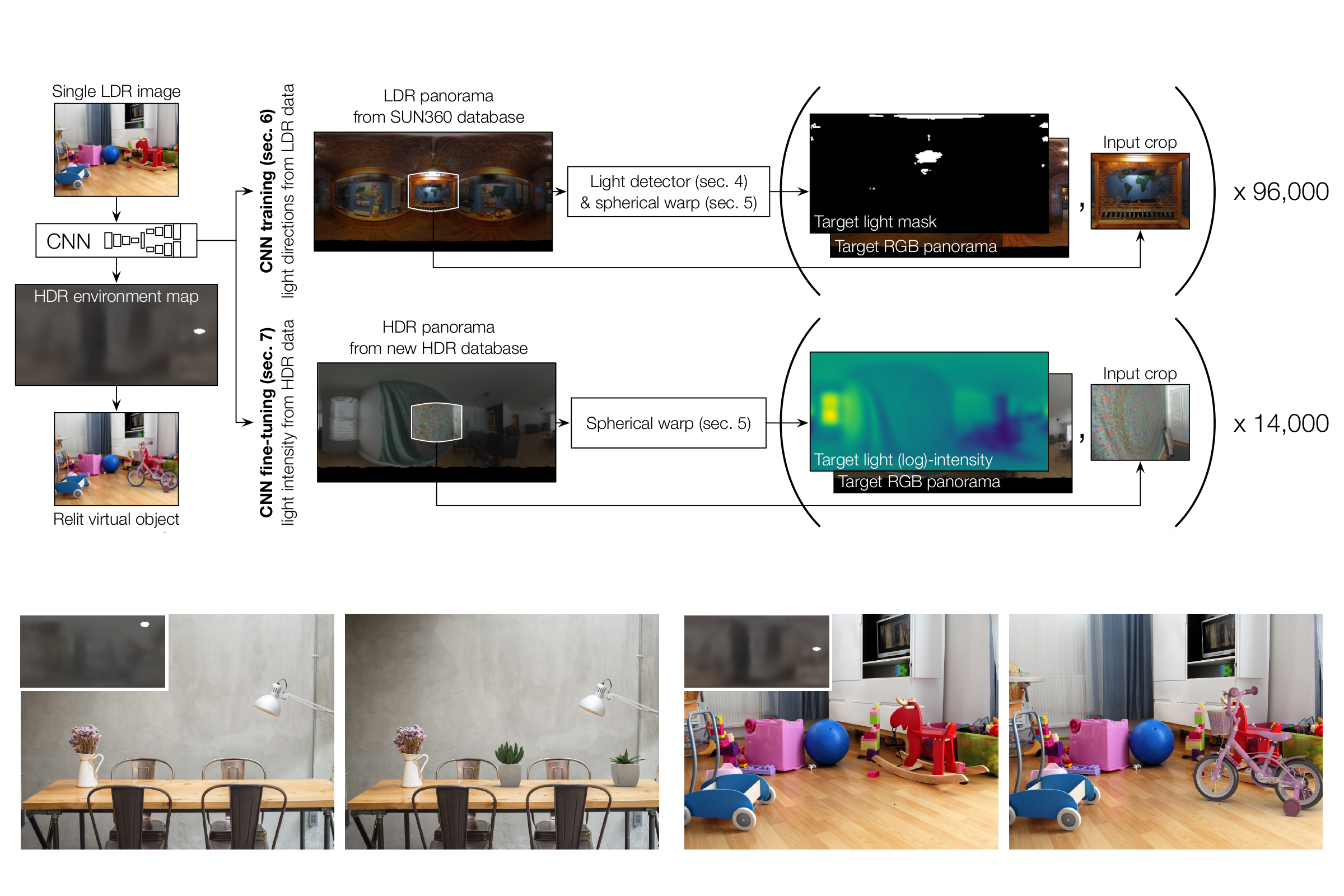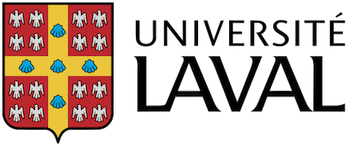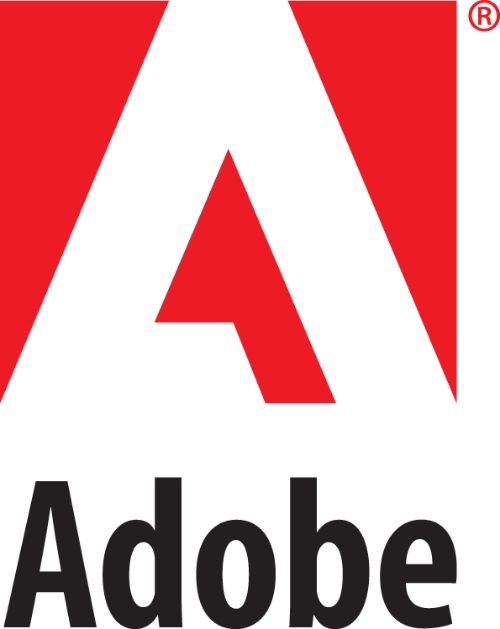Learning to Predict Indoor Illumination from a Single Image
We propose an automatic method to infer high dynamic range illumination from a single, limited field-of-view, low dynamic range photograph of an indoor scene. In contrast to previous work that relies on specialized image capture, user input, and/or simple scene models, we train an end-to-end deep neural network that directly regresses a limited field-of-view photo to HDR illumination, without strong assumptions on scene geometry, material properties, or lighting. We show that this can be accomplished in a three step process: 1) we train a robust lighting classifier to automatically annotate the location of light sources in a large dataset of LDR environment maps, 2) we use these annotations to train a deep neural network that predicts the location of lights in a scene from a single limited field-of-view photo, and 3) we fine-tune this network using a small dataset of HDR environment maps to predict light intensities. This allows us to automatically recover high-quality HDR illumination estimates that significantly outperform previous state-of-the-art methods. Consequently, using our illumination estimates for applications like 3D object insertion, we can achieve results that are photo-realistic, which is validated via a perceptual user study.

















